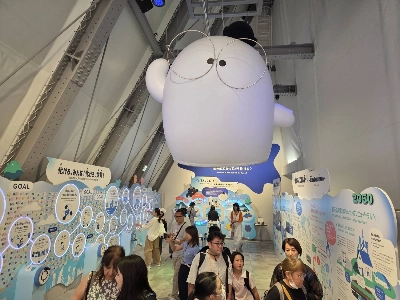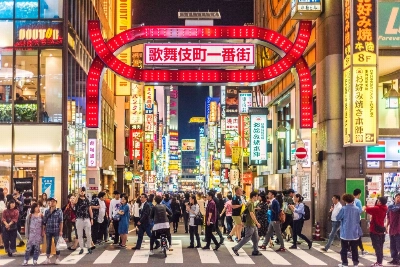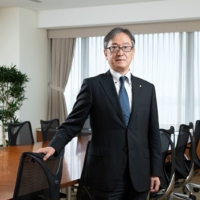U.S. President Donald Trump once said “tariff” was his favorite word. In Japanese, “tariff” translates to 関税 (kanzei, import tax), a word you’ve likely heard more often in the news.
Coupled with Japan’s lingering 米不足 (kome-busoku, rice shortage), 関税 negotiations are now moving toward a broader acceptance of 輸入米 (yunyūmai, imported rice), specifically from the United States.
The Japanese are proud of their 国産米 (kokusanmai, domestically produced rice) and have traditionally been reluctant to import rice, the country’s staple food, from abroad as a way to protect domestic farmers. Still, some 輸入米 is able to get through — though the U.S. has falsely claimed that 日本はアメリカ産の米に700%の関税をかけている (Nihon wa Amerika-san no kome ni nanahyaku pāsento no kanzei o kakete-iru, Japan imposes a 700% tariff on rice produced in the U.S.). The actual situation is much more complicated than that.


















With your current subscription plan you can comment on stories. However, before writing your first comment, please create a display name in the Profile section of your subscriber account page.